Several unintended consequences do occur during the process of artificial ventilation, such as mucosa damage, decreased lung compliance, impaired ciliary function, etc, and all these are a result of dry gasses being administered during the process. To curb the occurrence of these complications, respiratory care providers thus introduce the technique of humidification in mechanical ventilation for individuals who are experiencing respiratory failure. What’s humidification? It refers to a process of adding moisture to inspired air to imitate the natural conditions of the respiratory tract.
It serves as an integral part of mechanical ventilation because without adequate moisture, the respiratory mucosa becomes dehydrated and the susceptibility to pulmonary infections becomes very high. However, this article will discuss the significance of humidification in respiratory care, shedding light on its Physiological benefits and practical applications.
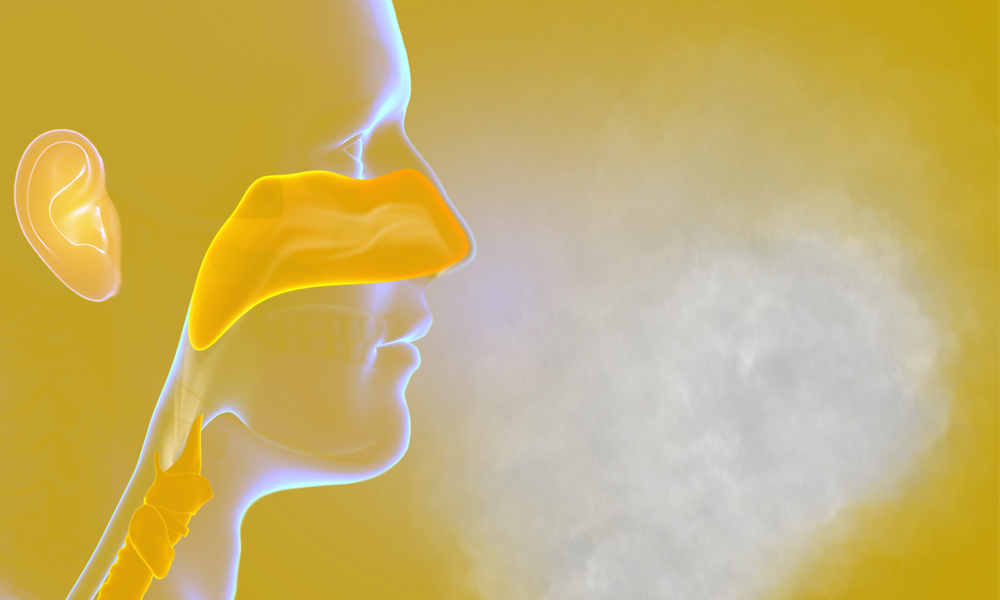
The Importance of Humidification in Mechanical Ventilation
The integration of humidification into mechanical ventilation protocol has proved to be effective ever since its introduction by helping maintain the respiratory tract and optimizing gas exchange. Let’s discuss some of the reasons why humidification is essential in mechanical ventilation:
- Prevention of airway damage: Inhalation of dry gas can damage the respiratory epithelium, thereby leading to inflammation and increased risk of infection. However, air that has been properly humidified lowers the risk of complications like ventilator-associated pneumonia (VAP) by preserving the integrity of the airway lining.
- Enhance patient comfort: Inhaling non-moisturized air can result in pain and respiratory distress for patients. However, using a humidifier will help to alleviate symptoms like sore throat, dryness of the mouth and throat, and other discomfort associated with breathing.
- Maintaining air passage function: Air that comes from artificial ventilation is usually much drier when compared to the natural oxygen that we breathe. Therefore inadequate humidification can lead to irritation and dryness of the respiratory system, thus harming the mucosa tissue, producing more mucus, and making it harder to remove secretions.
- Improving oxygenation: In addition, humidification can help enhance the efficiency of gas exchange in the lungs. Unlike artificial ventilation without a humidifier, adequately humidified air helps to keep secretions thin and easier to clear, thereby promoting optimal gas exchange.
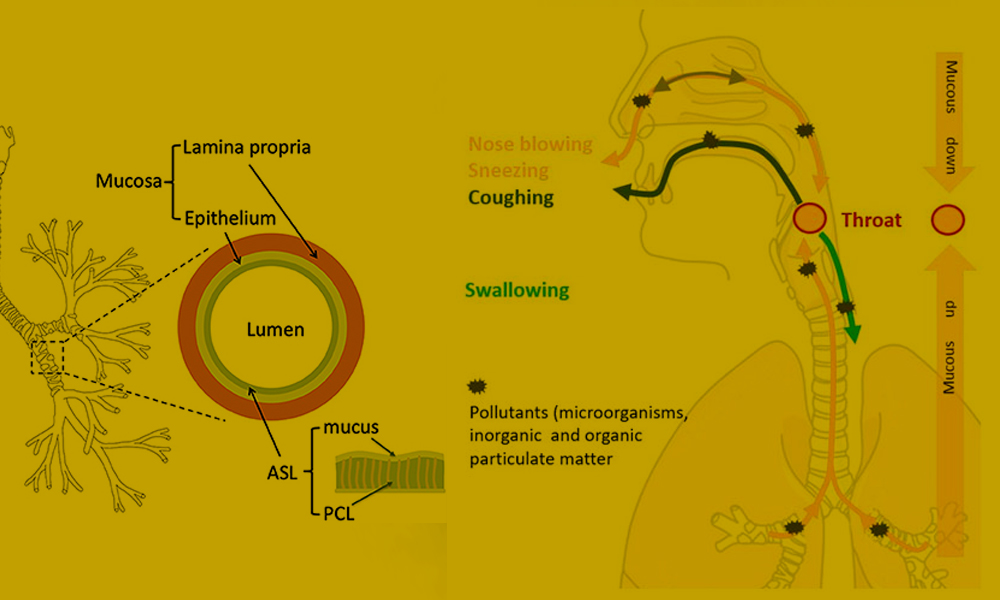
Effects of Dry Air on The Respiratory System
Too much dryness in the air can affect the respiratory tract in several ways. From increased mucus production to impaired mucociliary clearance, overexposure to dry air is capable of causing a variety of symptoms. Below are some of the adverse effects of dry air on the respiratory system:
- Enhanced the production of mucus: One of the major adverse effects that come with inhaling dry air is the excessive production of mucus by the respiratory tract to lubricate and protect the airway in reaction to dry air. This may result in an increased risk of contracting infection like pneumonia or bronchitis, and also difficulty in clearing secretions.
- Inflammation of the airway: Another effect of prolonged exposure to dry air is the inflammation of the respiratory epithelium. Inflammation of the airway tends to compromise the airway function, and this may increase its susceptibility to infections like asthma and bronchitis.
- Impaired mucociliary clearance: Cilia, a tiny hair-like structure lined in the respiratory tract, which functions to propel mucus and other foreign particles out of the airways can be affected by too much exposure to dry air. Once these structures are affected, their effectiveness in clearing mucus is reduced, hence giving a chance to respiratory infections.
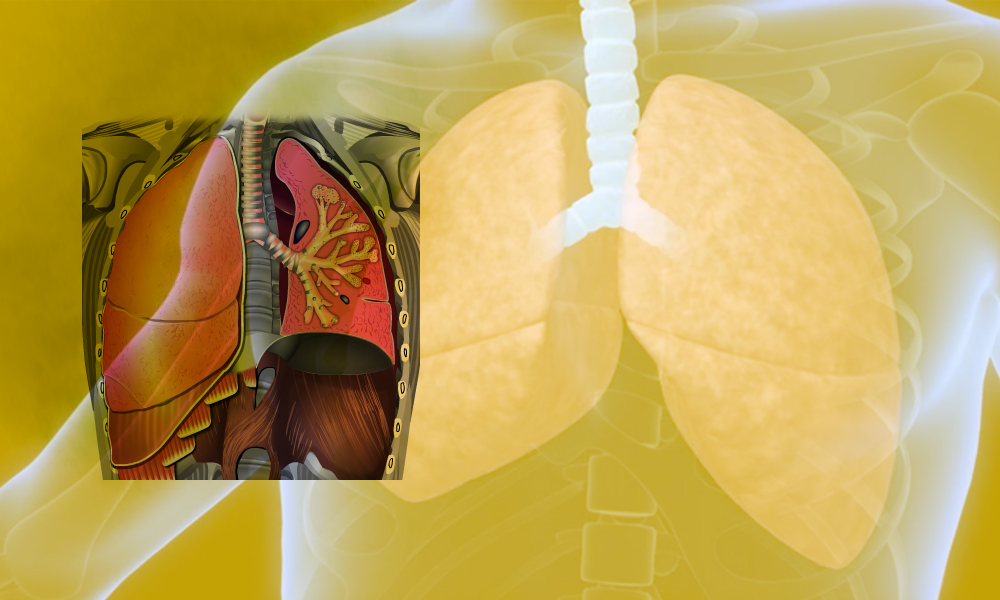
Prevention of Dry Air Complications
With all the complications that come with inhaling dry air, do you wish to be a victim? No, you won’t want that to happen. That’s why humidification is very important, and every process of artificial ventilation must make use of humidifiers to prevent further complications. Let’s shed light on some points;
Preventing Mucosa Damage with Humidification
Humidification in mechanical ventilation is what must be encouraged in every healthcare facility so as not to further endanger the lives of patients as a matter of fact, humidifiers are what every household should have. Why? The respiratory mucosa are very sensitive and they easily get irritated and damaged by dry air.
Humidification however helps to reduce the damaging effects of mechanical ventilation on airway epithelium by acting as a barrier of defense. Additionally, humidified air lowers the occurrence of ventilated associated problems (VAP) such as tracheobronchitis and pneumonia by preserving mucosa integrity.
Enhancing Patient Comfort and Compliance with Humidification
Humidification does not only prevent mucosa damage, it also helps to improve patient’s comfort and compliance during mechanical ventilation. There must be adequate humidification of air for any patient subjected to mechanical ventilation because inhaling dry air can cause discomfort and irritation in the respiratory tract, thus leading to agitation, sore throat, Dyspnea coughing, and increased sedative requirements.
However, proper humidification contributes to the reduction of these symptoms, thereby promoting better tolerance of mechanical ventilation and making the ventilator more comfortable for the patient.
Reducing Airway Complications Through Humidification
No doubt, a patient is more liable to develop all sorts of respiratory complications if placed under non-humidified artificial ventilation. It’s always harder for dry air to move along the respiratory tract, and this can cause the respiratory muscles to work harder and contribute to respiratory fatigue.
Having said that, adequate humidification helps to maintain optimal airway conditions, hence reducing airway complications and preventing excessive strain on the respiratory muscles.
Optimizing Gas Exchange With Adequate Humidification
Yes, properly humidified air preserves the integrity of the respiratory epithelium, ensuring optimal gas exchange and lung function, particularly during mechanical ventilation. Below is how humidification contributes to optimal gas exchange:
- Protection of alveolar surface area: Alveoli are an integral part of the respiratory tract where diffusion of gasses occurs, and this particular area can become severely dehydrated if dry air is inhaled. Dehydration can cause the alveoli’s surface area to shrink, which makes it more difficult for them to exchange gasses with the bloodstream. However, proper humidification helps to maintain the moisture content of the alveoli, thus preserving their surface area and enhancing gas exchange.
- Facilitate oxygen transport: The movement of oxygen from the alveoli to the bloodstream can also be improved with the help of humidification. And how does this happen? There’s a thin layer that covers the surface of alveoli, which helps to dissolve oxygen and it does it faster when moisture is present and abundant. As a result, oxygen transportation to all body tissues is enhanced, ensuring proper functioning of the body system.
- Optimal lung compliance: Lung compliance refers to the ability of the lungs to contract more easily, and this is effective when there’s proper humidification. Dry air reduces lung compliance, making it more difficult for the lungs to effectively ventilate and exchange gasses.

Practical Considerations for Implementing Humidification in Mechanical Ventilation
Mechanical ventilation is a complex and potentially Life-saving intervention that is usually recommended for patients with respiratory failure. As good as it is, it can be dangerous if the patient’s physiology and clinical judgment are not properly understood before being placed under the procedure. Nevertheless, here are some essential tips to understand before implementing humidification in mechanical ventilation for a patient:
- Patient assessment: It’s essential to thoroughly assess a patient before being placed under mechanical ventilation. This assessment should include figuring out the hidden cause of respiratory failure, the hemodynamic status, and also determining the patient’s oxygenation and ventilatory needs. Furthermore, the respiratory caregiver should also consider factors like airway structure, comorbidities, and the possible contraindications to mechanical ventilation.
- Initiation and monitoring: Continuous monitoring is essential after initiating mechanical ventilation as this is the only way to guarantee the effectiveness and safety of the procedure. Ventilation optimization can be achieved by the caregiver continuously assessing respiratory mechanics, arterial blood gasses, and ventilator parameters. Doing This will ensure early detection and intervention of certain respiratory complications.
- Ventilator selection: This is also one of the most important things that must be put into consideration when it comes to implementing humidification in mechanical ventilation. To maximize patient outcomes, the appropriate ventilator mode and setting must be chosen. When a caregiver wants to select the ventilation mode, certain factors must be regarded such as the lung mechanics, the existence of spontaneous breathing efforts, and the patient’s respiratory drive.
In addition, ventilation settings including tidal volume, respiratory rate, positive end-expiratory pressure (PEEP), and Fio2 must be tailored to individual patients to prevent ventilator-induced lung injury.
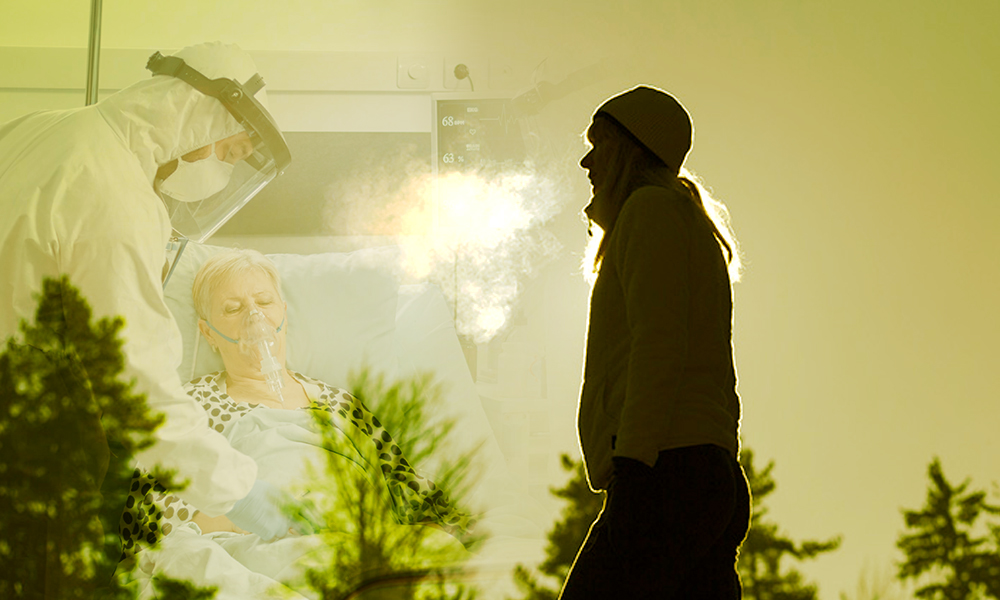
Biosys Biomedical Respiratory Support
The little discomfort that we all used to experience during winter is proof that humidified air is essential for survival. Taking it to the medical settings, humidification is a linchpin of respiratory care in mechanically ventilated patients, offering various Physiological and clinical benefits.
Its benefits are immeasurable, ranging from preventing the damage of mucosa to enhancing patient comfort, humidification plays a pivotal role in optimizing patient outcomes.
However, humidification is effective only with the right humidifier – that’s why you can’t just go for any. And when it comes to giving respiratory support, the effect of Biosys Biomedical can never be matched.
References
https://pubmed.ncbi.nlm.nih.gov/18975515

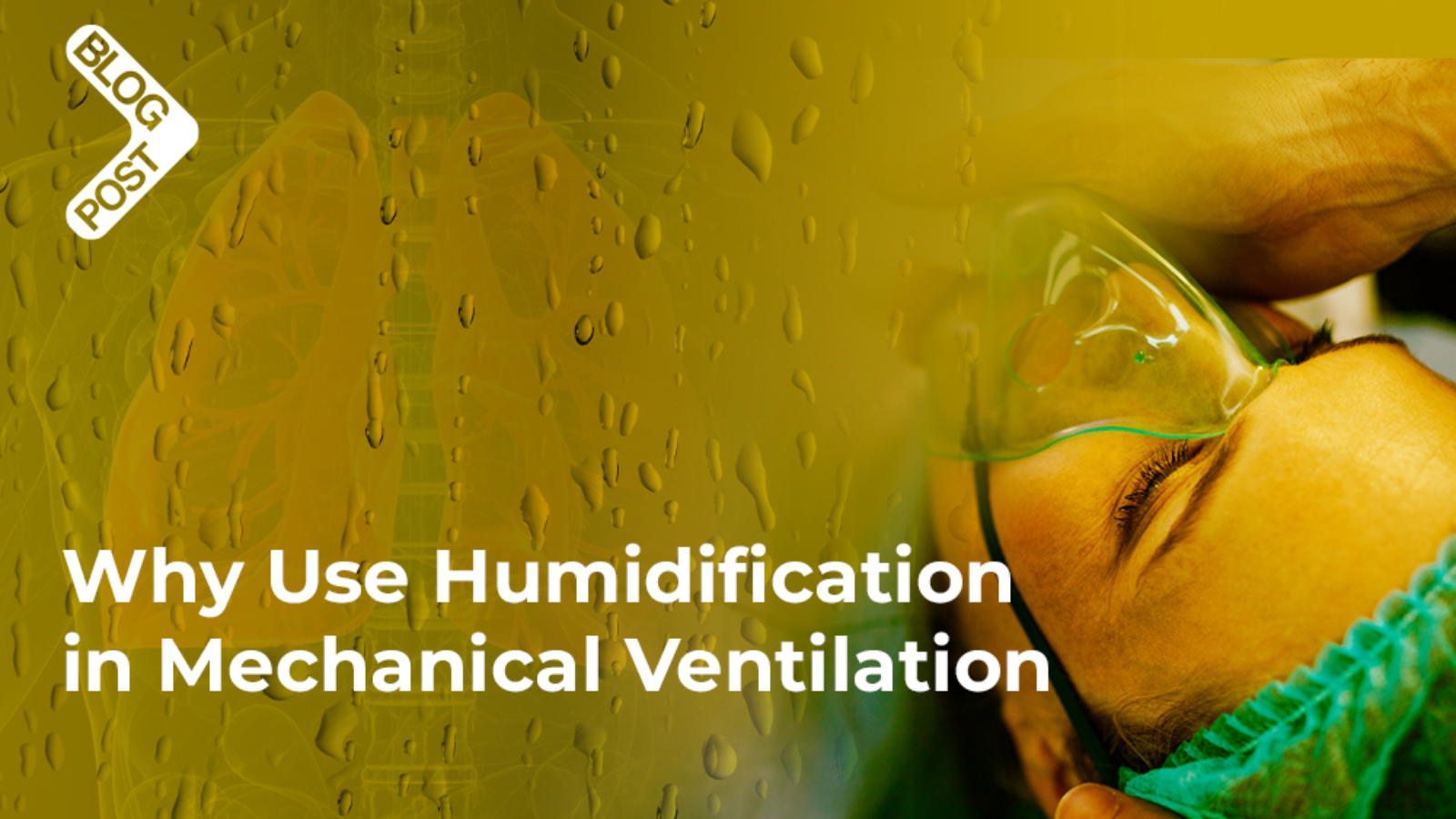
Add a Comment